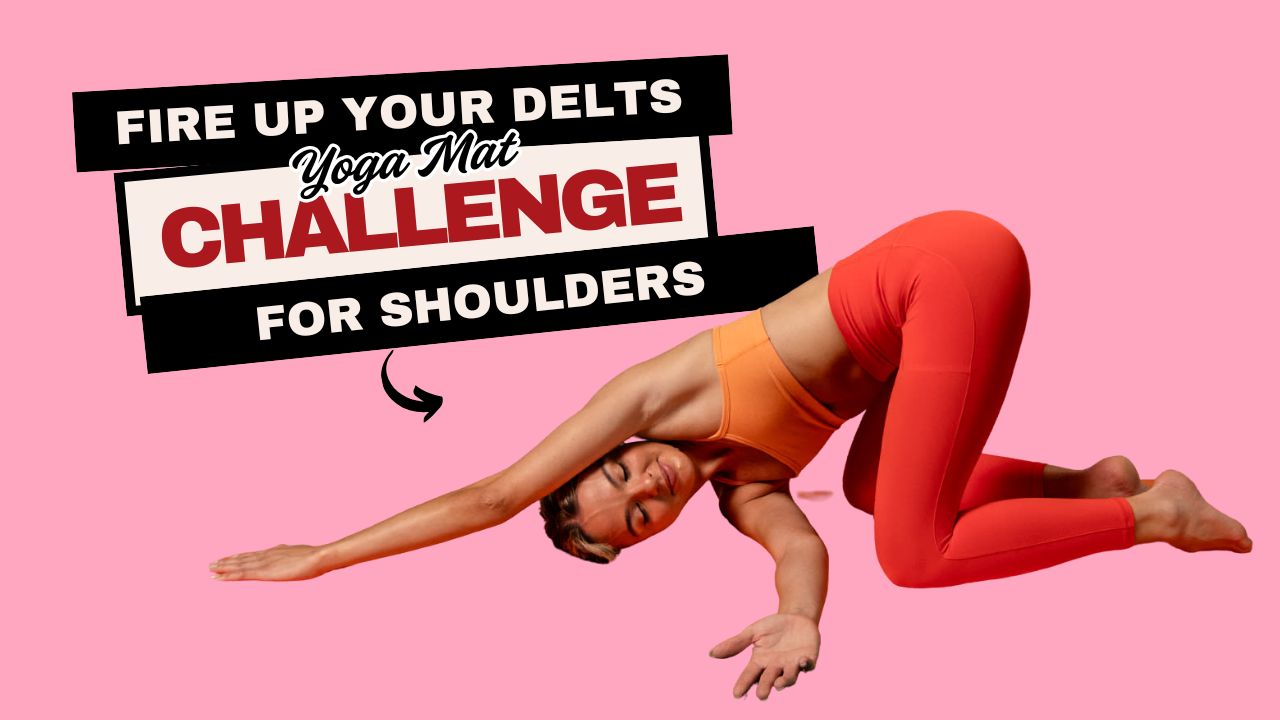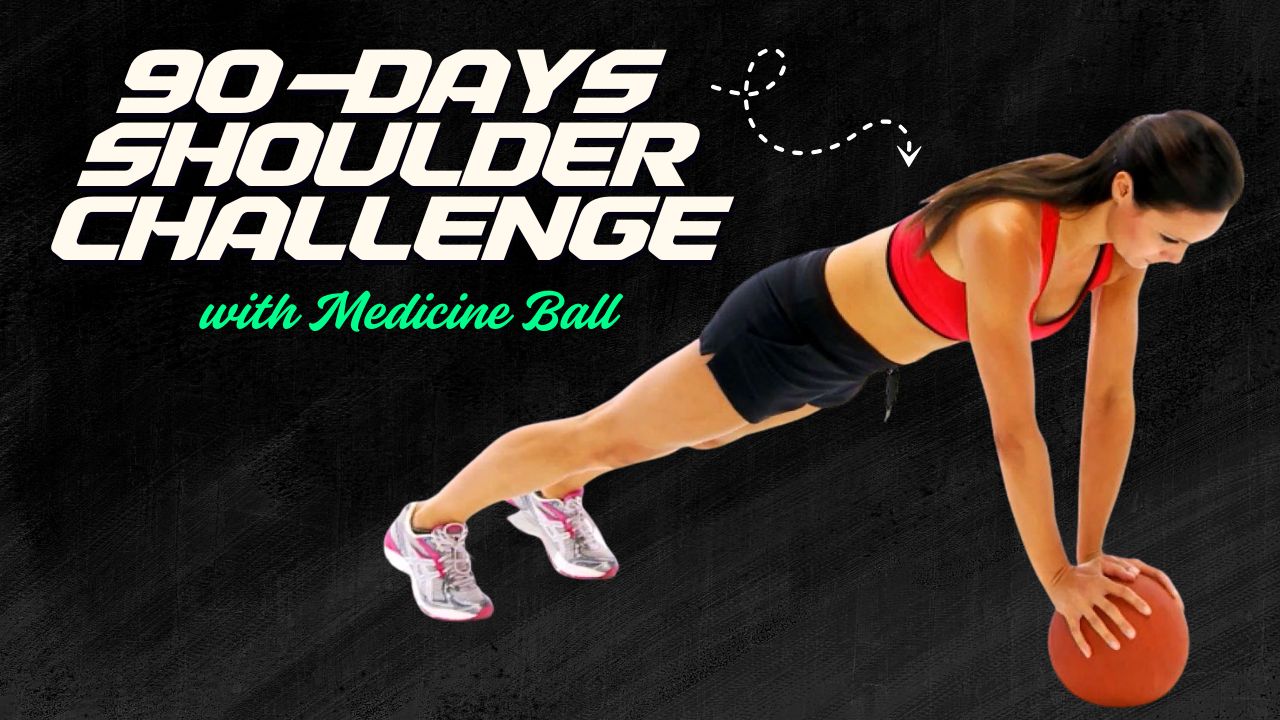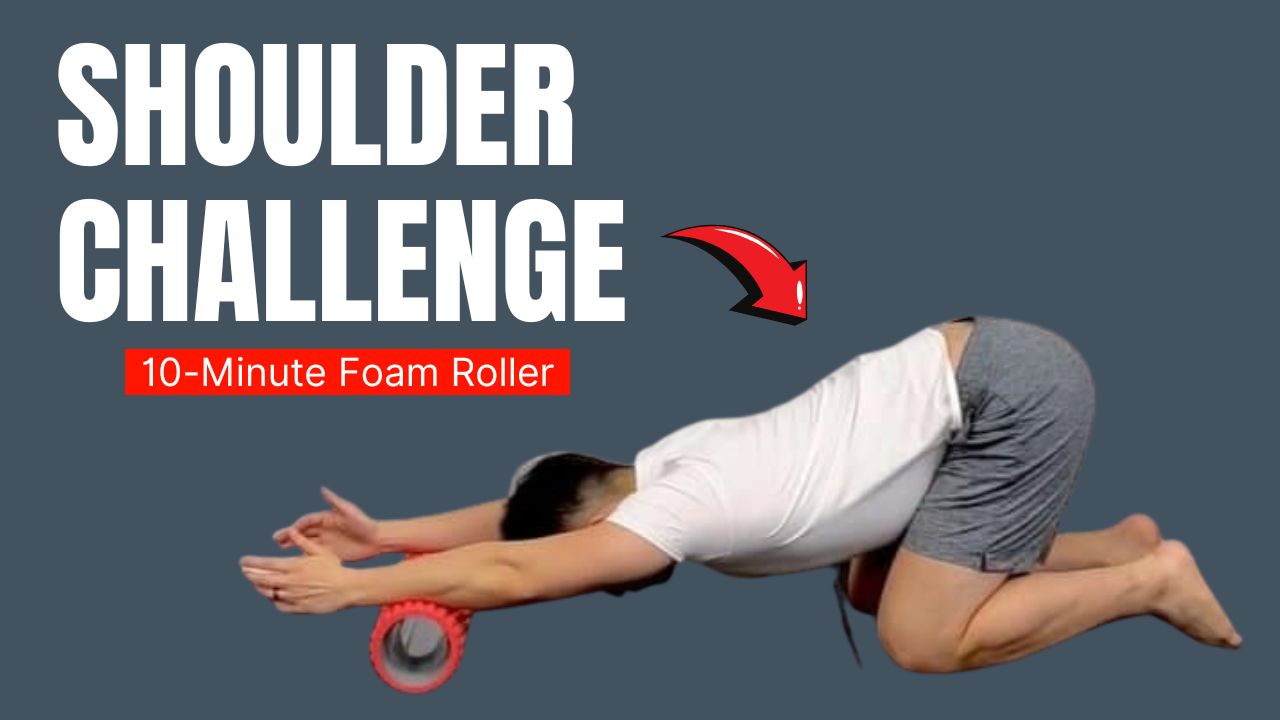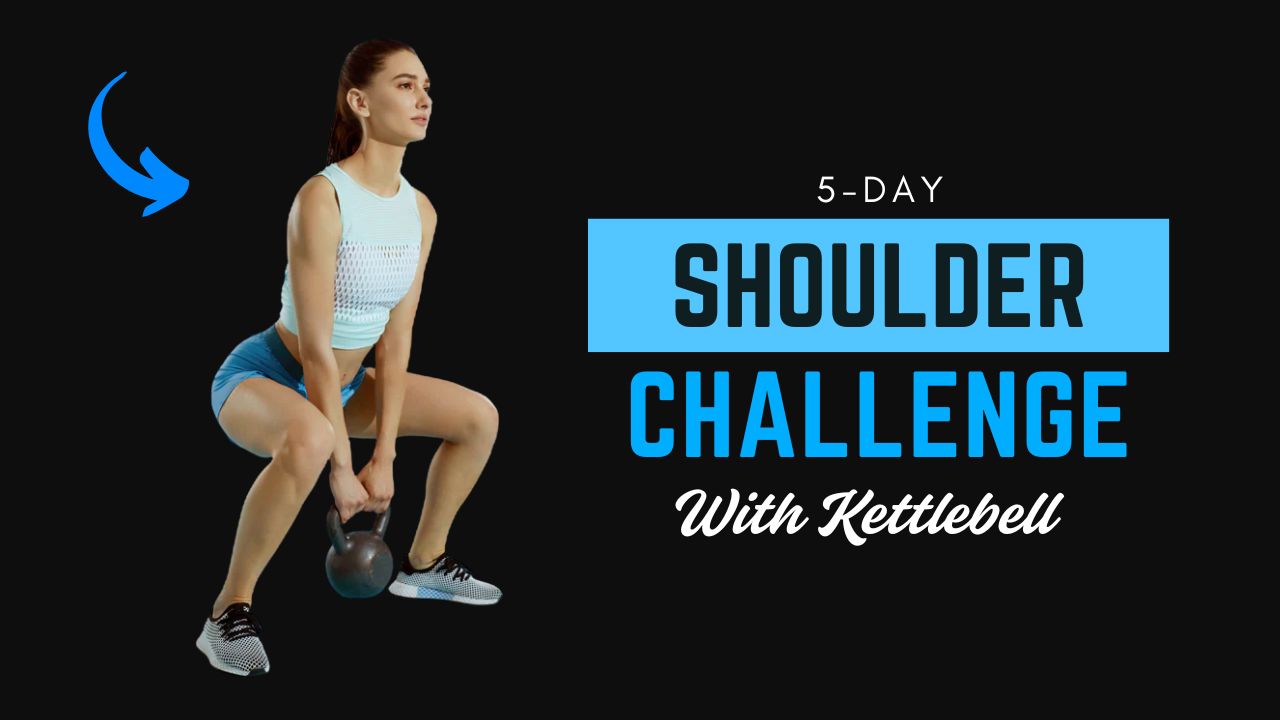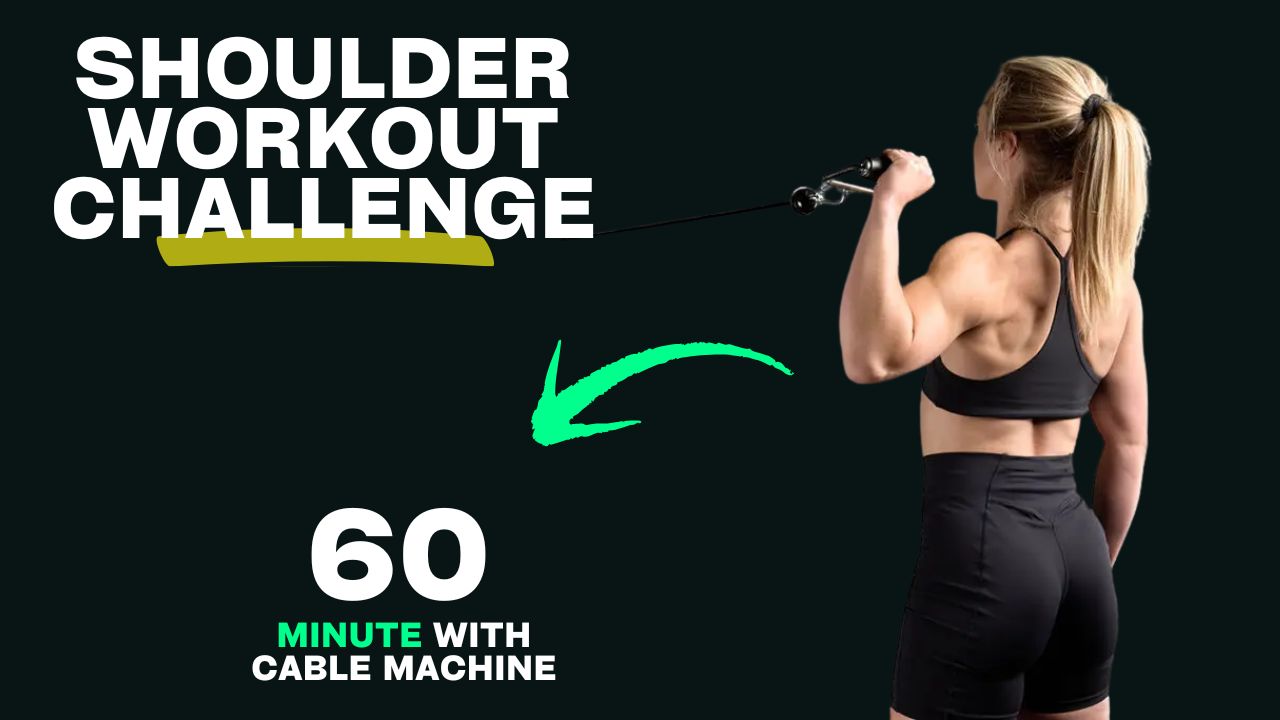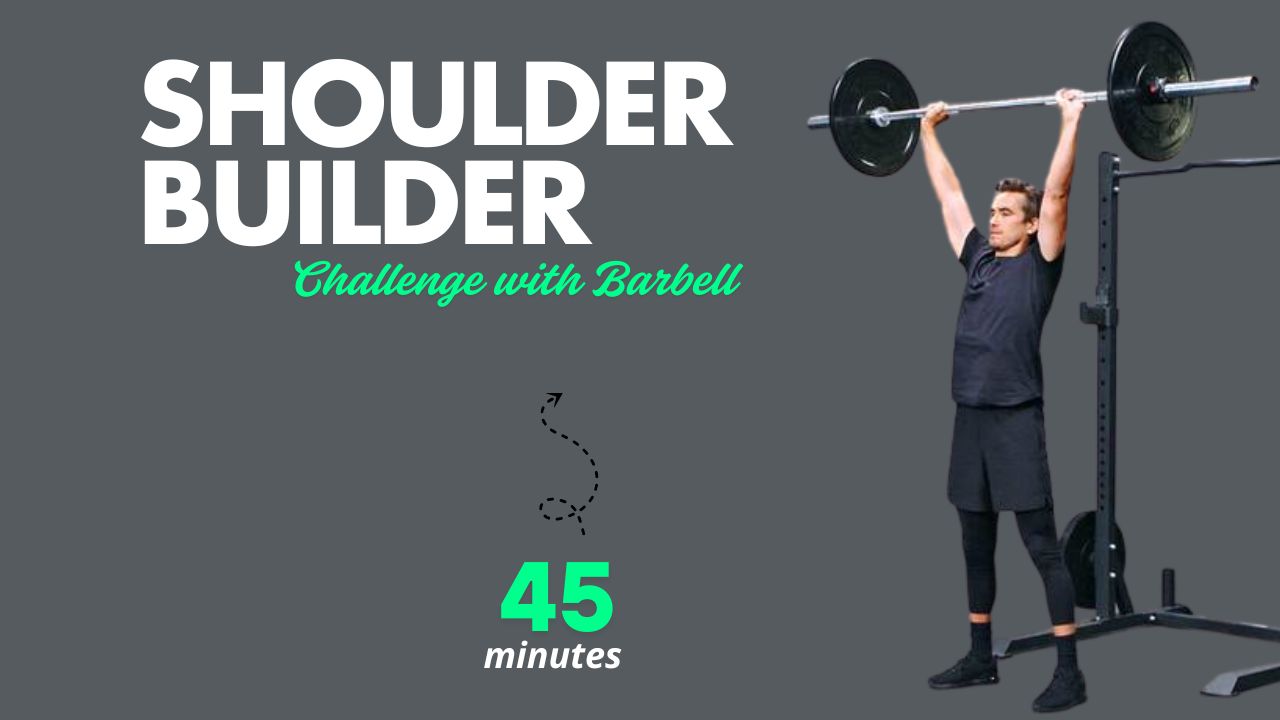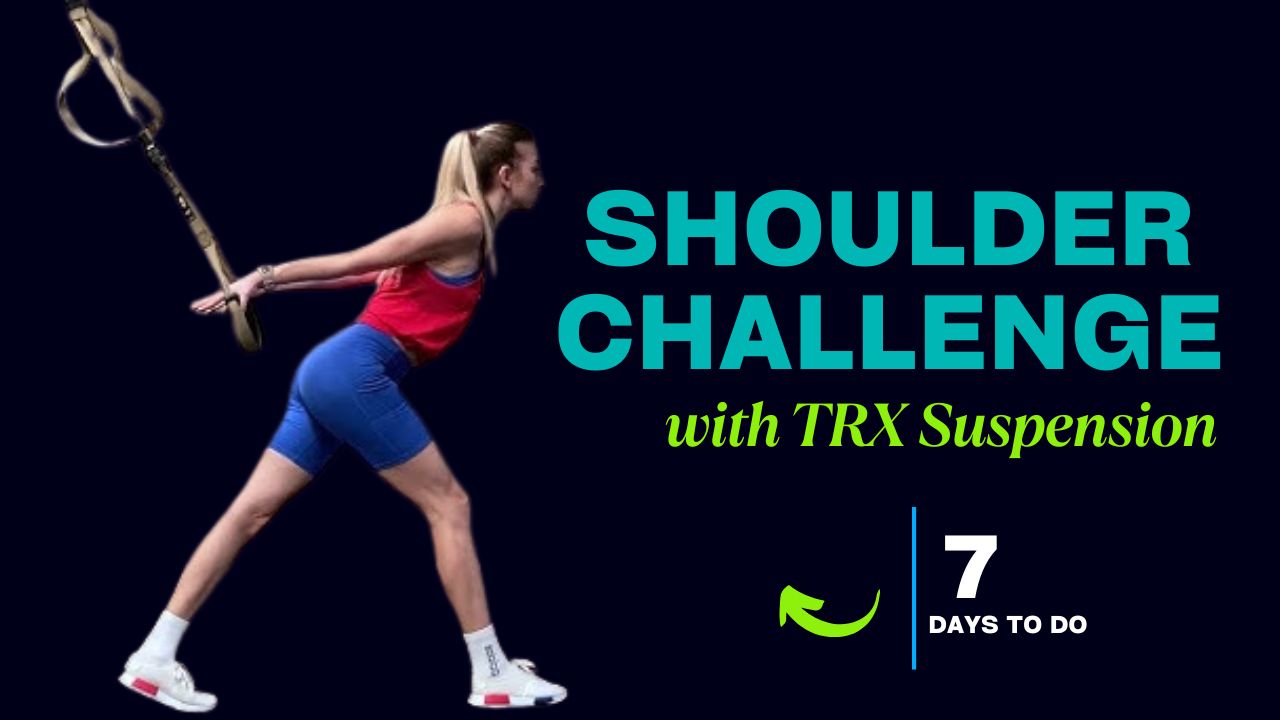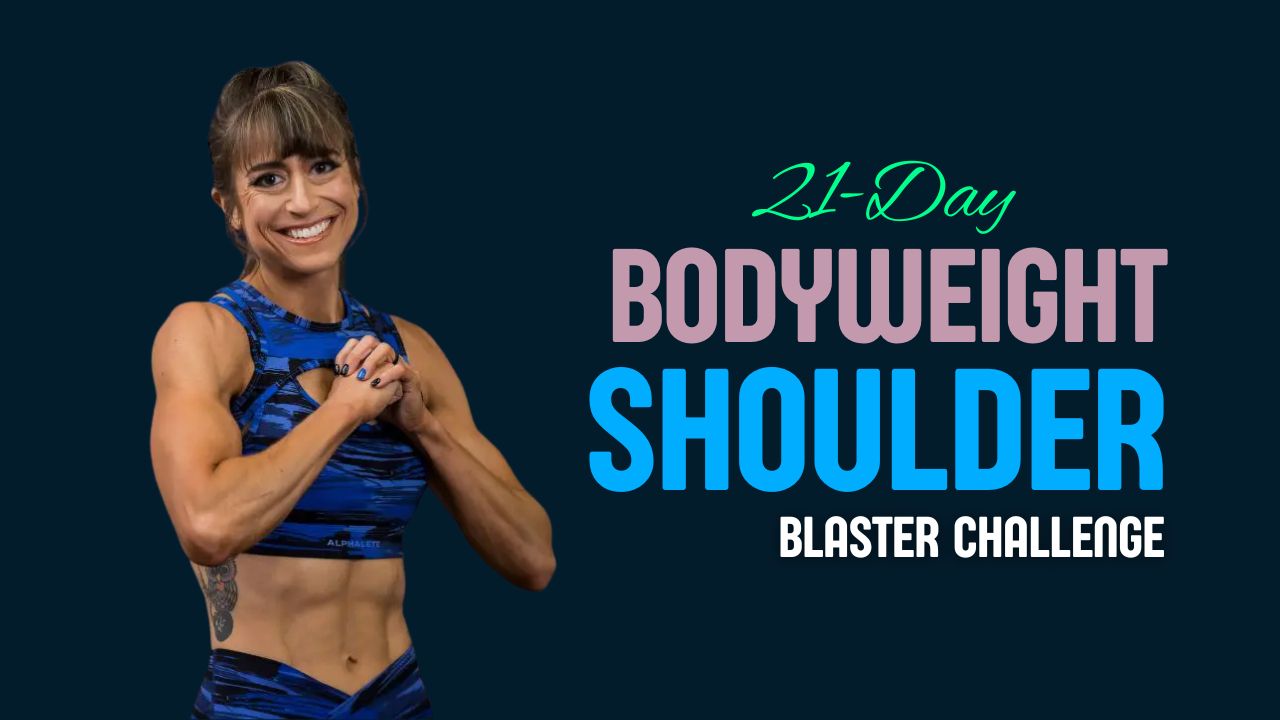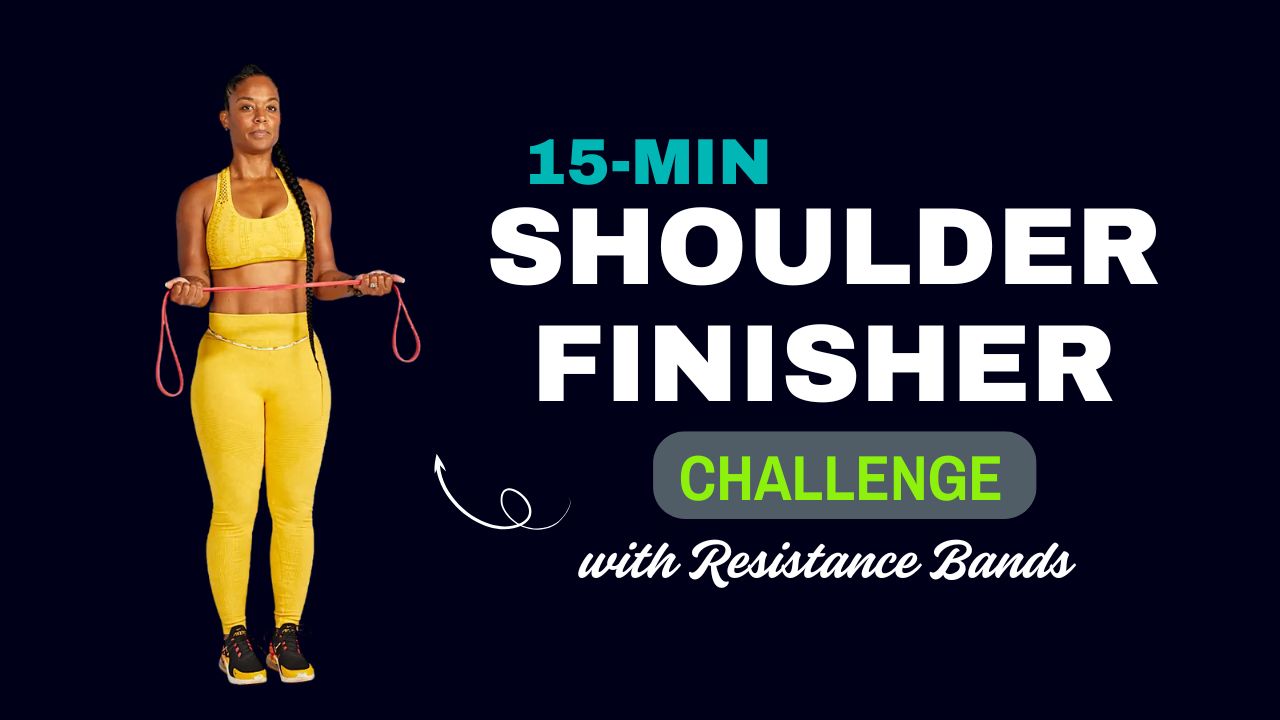Do you know your shoulders are among the most mobile yet injury-prone joints in your body? They’re the unsung heroes behind every overhead lift, push-up, and even good posture.
Yet most people limit their shoulder workouts to basic dumbbell presses or machines—ignoring the versatility and effectiveness of kettlebell training.
Kettlebells aren’t just another gym trend. These ancient cannonball-like tools unlock a unique mix of strength, stability, and mobility, especially for your shoulders.
This guide dives deep into 12 kettlebell exercises that do more than build mass—they sculpt, stabilize, and strengthen your shoulder complex from every angle.
Whether you’re chasing definition or injury resilience, these moves will reshape your routine and your shoulders.
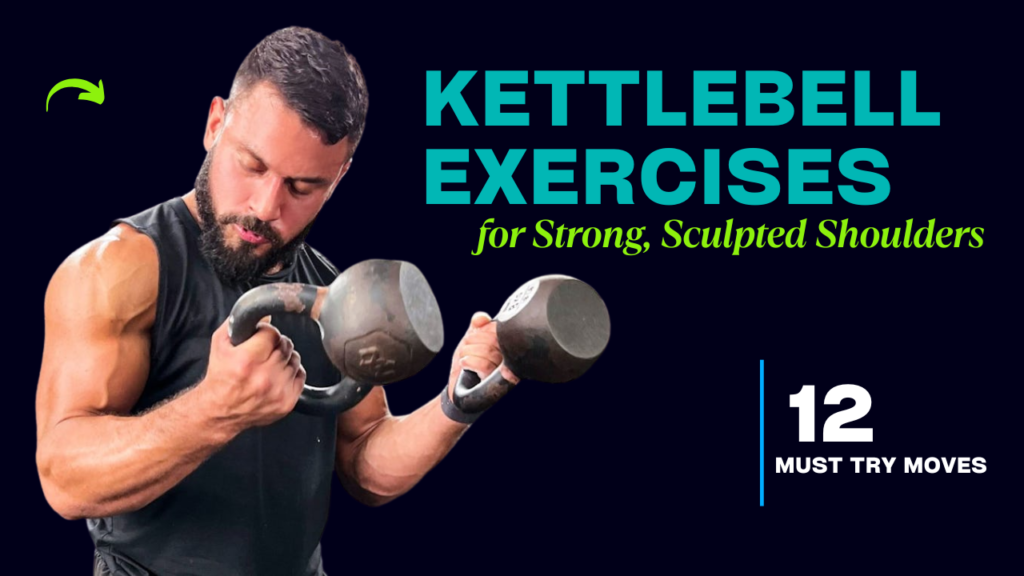
Table of Contents
30-Day Transformation: What to Expect from Kettlebell Shoulder Workouts
| Area of Improvement | Expected Change After 30 Days |
|---|---|
| Shoulder Strength | Noticeable increase in pressing and lifting capacity |
| Muscle Definition | More sculpted, toned deltoids (especially lateral and front shoulders) |
| Posture | Improved upright posture due to stronger upper back and shoulder muscles |
| Shoulder Stability | Better control in overhead movements, reduced shaking or wobble |
| Range of Motion | Greater shoulder mobility and flexibility, especially in rotational movements |
| Joint Health | Strengthened rotator cuff and joint support from controlled kettlebell moves |
| Core Strength | Enhanced due to full-body engagement in lifts like the Turkish Get-Up |
| Grip & Forearm Strength | Improved grip due to kettlebell’s offset weight and handle thickness |
| Body Coordination | Better mind-muscle connection and overall movement efficiency |
| Workout Efficiency | Shorter, more intense sessions that burn more in less time |
| Confidence & Motivation | Increased motivation seeing visible results and performance boosts |
| Fat Loss (if paired with diet) | Leaner physique, especially in upper body, from full-body metabolic engagement |
Also Read: 13 Barbell Shoulder Exercises To Gain Mass & Shape
Do’s and Don’ts of Kettlebell Shoulder Training
| Do’s | Don’ts |
|---|---|
| Warm up your shoulders before every session | Don’t lift heavy weights without mastering form |
| Start with lighter kettlebells to build control | Don’t rush through reps — control is key |
| Use full range of motion to activate all parts of the deltoid | Don’t lock out your elbows aggressively at the top |
| Incorporate unilateral (single-arm) exercises for balance | Don’t ignore postural alignment or core engagement |
| Focus on shoulder stability and mobility — not just mass | Don’t treat kettlebells like dumbbells; the movement pattern is different |
| Keep wrists neutral and aligned to avoid strain | Don’t bend the wrist backward while pressing |
| Listen to your body and scale workouts as needed | Don’t ignore pain — discomfort is different from injury |
| Combine pressing and pulling exercises for complete shoulder development | Don’t stick to only one or two movements — rotate through variations |
| Breathe correctly: exhale during effort (e.g., when pressing) | Don’t hold your breath during reps — it limits performance and increases risk |
| Practice regularly and give your shoulders enough recovery between workouts | Don’t train shoulders daily — overuse can lead to strain and injury |
Why Kettlebells for Shoulder Training?
- Increased range of motion: Kettlebells allow for deeper shoulder engagement and joint control.
- Asymmetrical loading: Challenges stabilizer muscles more than symmetrical weights.
- Grip and core synergy: They engage the entire upper body, not just your deltoids.
- Rehab to performance: From rotator cuff rehab to overhead power, they scale with your goal.
The 12 Must-Try Kettlebell Shoulder Exercises (With How-To Instructions)
1. Kettlebell Overhead Press
Targets: Anterior and lateral deltoids
How to:

- Clean the kettlebell to shoulder height.
- Keep your wrist straight and core braced.
- Press it overhead in a straight line until the arm is fully extended.
- Lower slowly with control.
Tip: Start with single-arm presses to work each side independently and avoid imbalances.
Also Read: 13 Dumbbell Quad Exercises That Will Make Your Thighs Strong
2. Kettlebell Push Press
Targets: Delts with lower body power
How to:
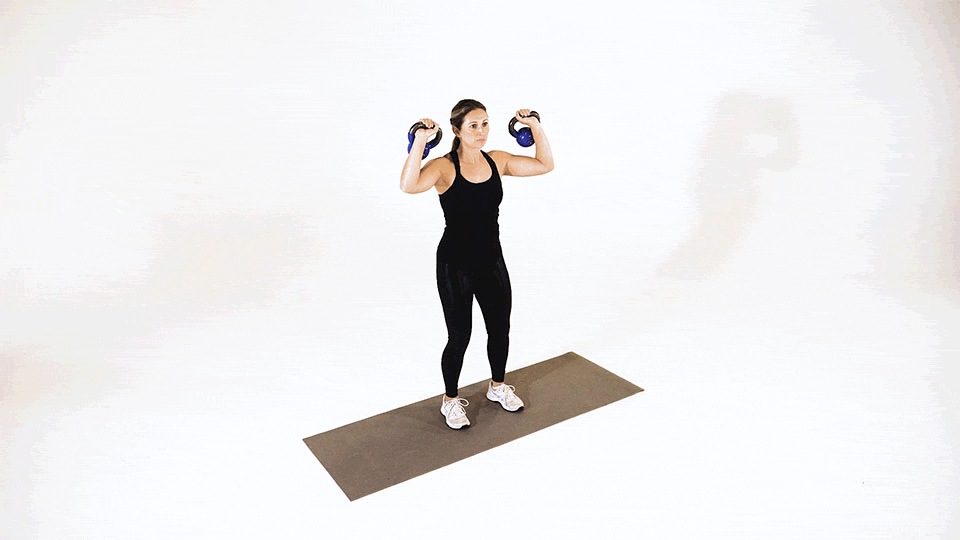
- From the rack position, bend your knees slightly and explode upward.
- Use a leg drive to help press the kettlebell overhead.
- Lockout at the top and lower with control.
Great for: Building explosive shoulder power.
3. Kettlebell Bottom-Up Press
Targets: Shoulder stability, grip strength
How to:
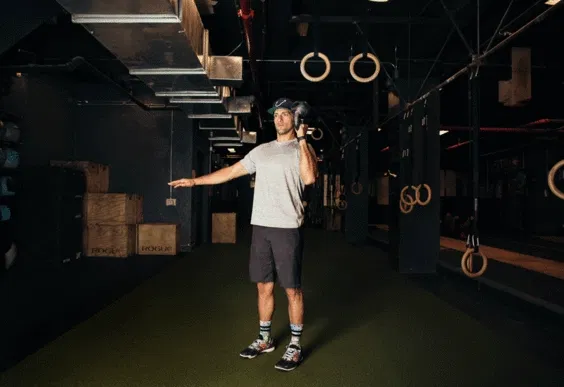
- Hold the kettlebell upside down (bottom facing up).
- Press upward slowly while keeping it balanced.
- Control the descent.
Did you know? This is a shoulder and grip killer. It’s also used in shoulder rehab to rebuild control and coordination.
Also Read: 13 Dumbbell-Only Calf Workouts to Add Volume, Strength & Shape
4. Kettlebell Arnold Press
Targets: Full shoulder activation
How to:
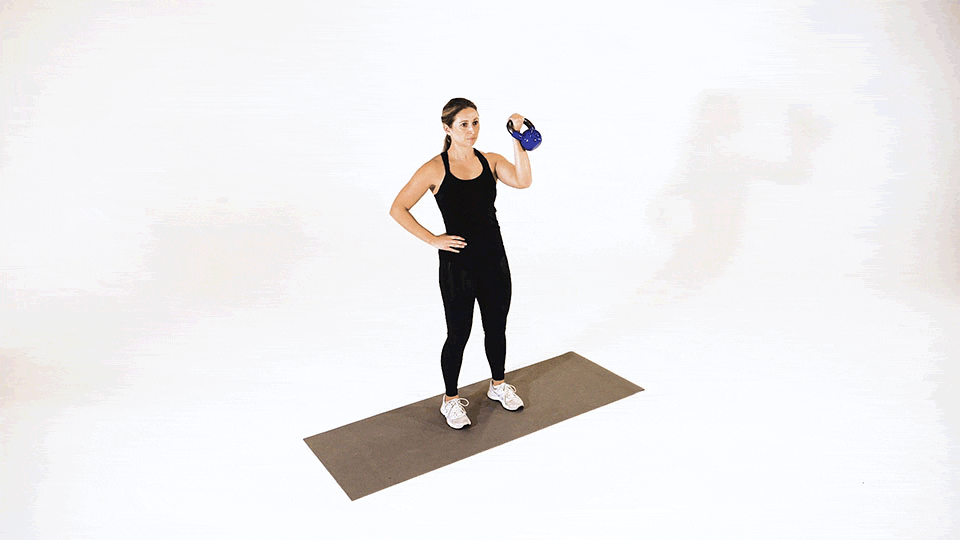
- Start with the kettlebell in front of your chest, palm facing you.
- Rotate the wrist outward as you press up.
- End with the palm facing away.
Bonus: Enhances rotation and front-to-back shoulder control.
5. Kettlebell Lateral Raise
Targets: Lateral deltoids
How to:

- Hold the kettlebell at your side with a neutral grip.
- Raise it to shoulder height while keeping your arm straight.
- Pause, then lower slowly.
Fun fact: Kettlebells increase the torque due to their off-center mass, making raises harder than with dumbbells.
Also Read: 12 Smart Dumbbell Ab Workouts That Torch Belly Fat Fast
6. Kettlebell Front Raise
Targets: Anterior delts
How to:

- Hold a kettlebell with both hands (horn grip).
- Raise it in front of you to shoulder level.
- Keep your elbows slightly bent.
Perfect for: Carving out the front caps of your shoulders.
7. Kettlebell Upright Row
Targets: Delts, traps
How to:

- Hold the kettlebell with both hands in front.
- Pull it upward to chin height, keeping elbows higher than wrists.
- Lower it slowly.
Note: Avoid going too high to protect shoulder joints.
8. Kettlebell Windmill
Targets: Shoulder stability, obliques
How to:
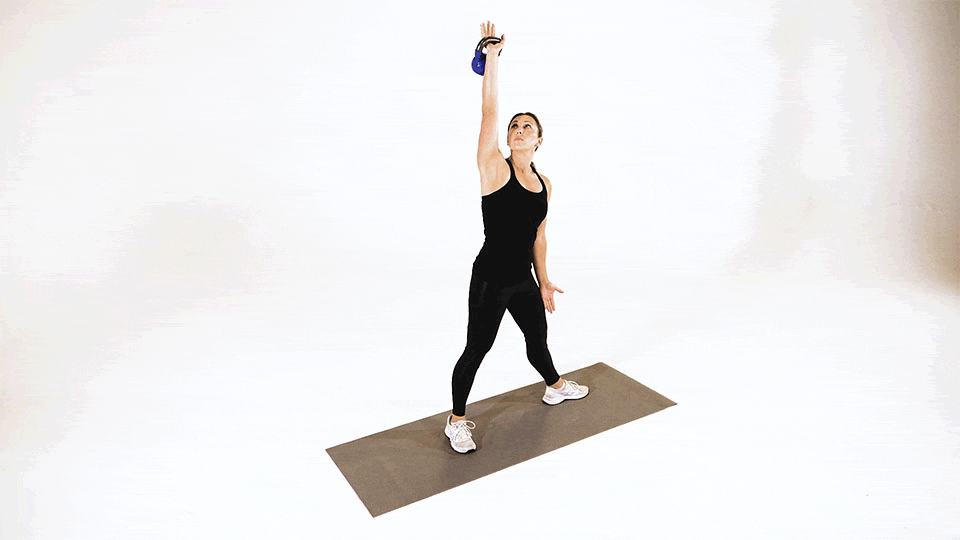
- Press a kettlebell overhead.
- Keep your eyes on the kettlebell while pushing your hips back.
- Reach down with the opposite hand to touch the floor.
- Keep the overhead arm straight.
Amazing for: Strengthening your rotator cuff and enhancing thoracic mobility.
Also Read: Build Strong, Defined Shoulders with These 10 Dumbbell Exercises
9. Kettlebell Turkish Get-Up (TGU)
Targets: Full-body coordination, shoulder stability
How to:
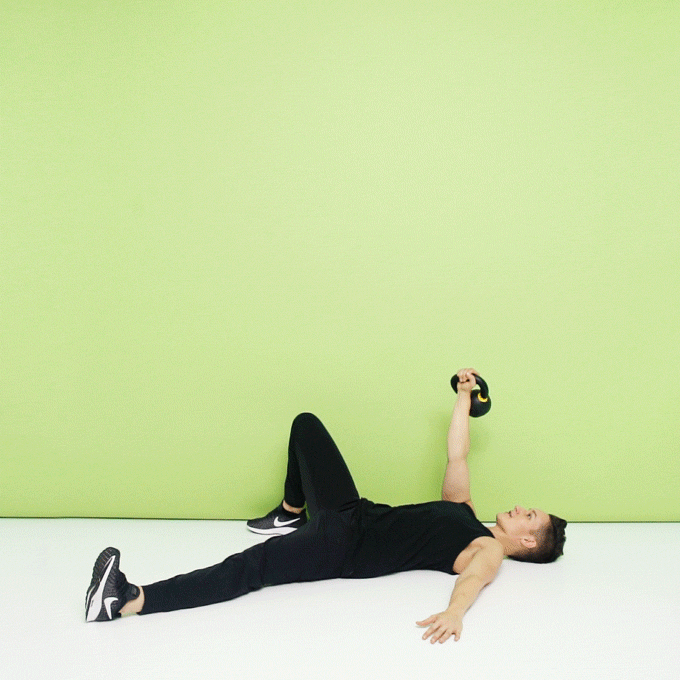
- Start lying flat with the kettlebell pressed overhead.
- Step-by-step rise to standing while keeping the kettlebell overhead.
- Reverse the steps to return to the ground.
Myth buster: TGUs aren’t just core exercises—they’re elite shoulder strength builders.
10. Kettlebell Snatch
Targets: Shoulders, traps, grip
How to:
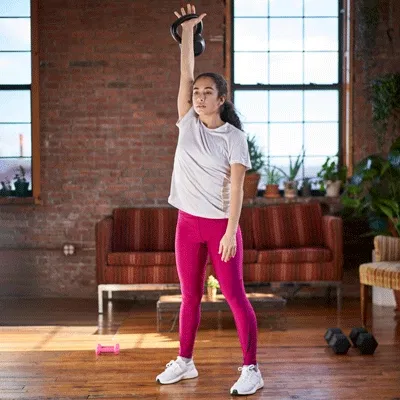
- Swing the kettlebell between your legs.
- Explosively pull it up and punch it overhead.
- Catch in a locked-out overhead position.
This explosive move builds dynamic shoulder power and cardio conditioning.
Also Read: 15 Gym-Based Lower Back Exercises to Build Strength & Prevent Injury
11. Kettlebell Clean to Press
Targets: Full deltoid complex
How to:
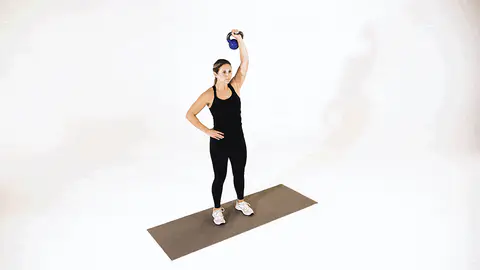
- Clean the kettlebell to shoulder height.
- Without pausing, press it overhead.
- Lower under control and repeat.
Combines ballistic strength with muscle-building tension.
12. Kettlebell Halo
Targets: Rear delts, traps, rotator cuff
How to:

- Hold the kettlebell upside down by the horns.
- Circle it around your head in a controlled halo motion.
- Reverse direction.
Excellent warm-up or finisher to bulletproof your shoulders.
How to Structure These in Your Routine:
Beginners
- Choose 3–4 exercises, 2–3 sets of 8–12 reps
- Focus on slow, controlled form and unilateral movements like bottom-up presses
Intermediate/Advanced
- Combine push press, snatch, windmill, and clean to press into a circuit
- 3–4 rounds, minimal rest for conditioning and strength
Also Read: 15 Bodyweight Calf Exercises to Sculpt Stronger, Leaner Legs
Bonus Tips for Shoulder Gains:
- Warm-up well: Include shoulder rolls, halos, and light mobility work before heavy pressing.
- Recovery counts: Kettlebell training is intense—give your shoulders rest days.
- Form > load: Control trumps weight with kettlebells, especially for shoulder longevity.
Final Word: The Bell Is in Your Court
Kettlebells aren’t just tools—they’re tests of true shoulder mastery. Whether you’re working on the definition, durability, or raw strength, these 12 must-try exercises offer everything your delts could ask for—and more.
Next time you grab a kettlebell, don’t just press—progress.
Frequently Asked Questions (FAQs)
Are kettlebells better than dumbbells for shoulder workouts?
Yes, in many ways. Kettlebells offer an off-center weight distribution that challenges your shoulder stabilizer muscles more than dumbbells. They also allow for more dynamic, full-body movements, which build functional strength and mobility.
How many times a week should I train shoulders with kettlebells?
For most people, 2 to 3 times a week is ideal. This allows for recovery while still stimulating shoulder growth, stability, and strength. Beginners can start with 2 sessions and progress as they adapt.
Can beginners do kettlebell shoulder exercises?
Absolutely. Start with light weights and focus on technique—especially for exercises like the bottom-up press, halo, and overhead press. As your form and control improve, you can gradually increase the weight and complexity.
Will kettlebell shoulder training make my shoulders bulky?
No—not unless that’s your goal. Kettlebell training typically builds lean, sculpted muscle and enhances definition. With proper nutrition and volume, it can also support hypertrophy if desired.
Are kettlebell exercises safe for shoulder injuries?
Some are, some aren’t. Exercises like the halo, windmill, and bottom-up press can help improve mobility and control, but it’s crucial to consult a physiotherapist or trainer before starting if you have an existing injury.
Can kettlebell workouts replace my entire shoulder day?
Yes. The 12 exercises listed provide a complete shoulder workout, targeting all three deltoid heads, improving mobility, and enhancing joint strength. You can structure full workouts using just kettlebells.
Do I need more than one kettlebell for these exercises?
No, one kettlebell is enough for most movements, especially unilateral (single-arm) exercises. However, having a pair can open up double-kettlebell variations for greater intensity and symmetry.
How long does it take to see results in shoulder definition?
With consistent training (2–3x per week), proper form, and good nutrition, many people notice visible results in 4–6 weeks, including better posture, more shoulder definition, and increased strength.
